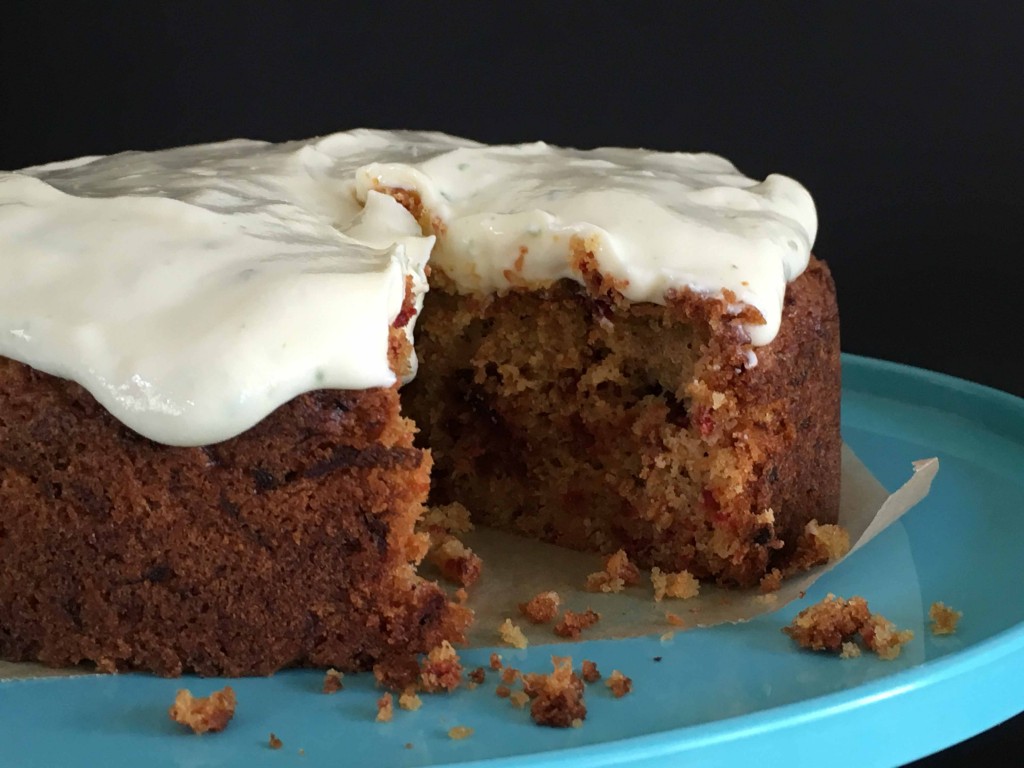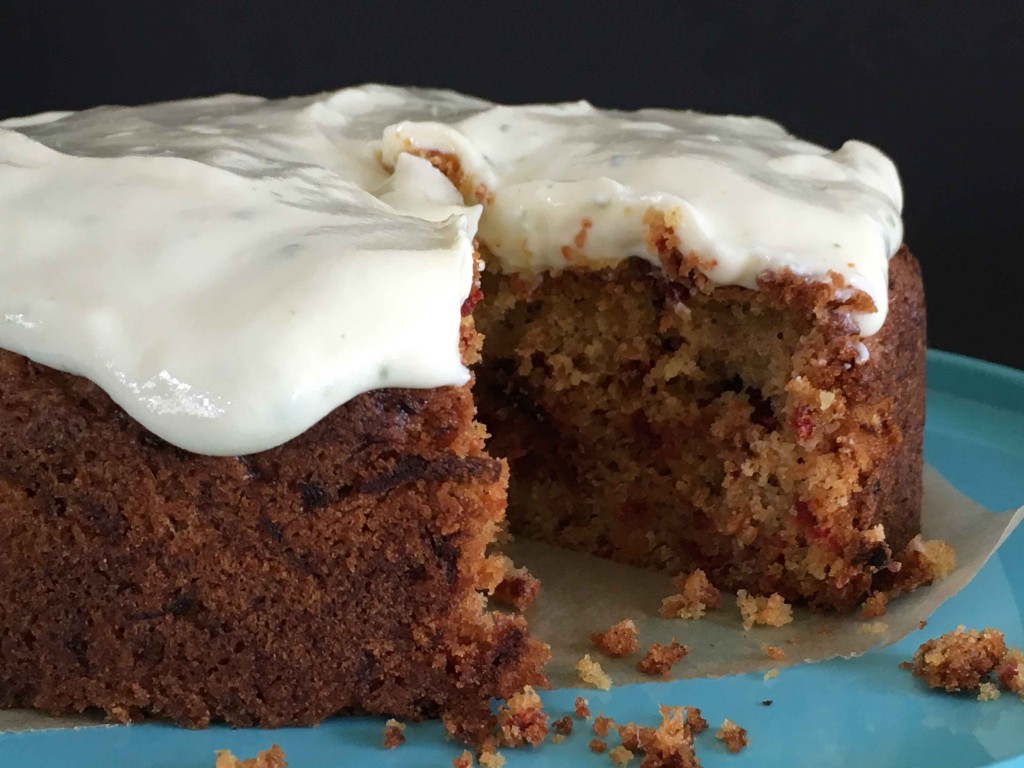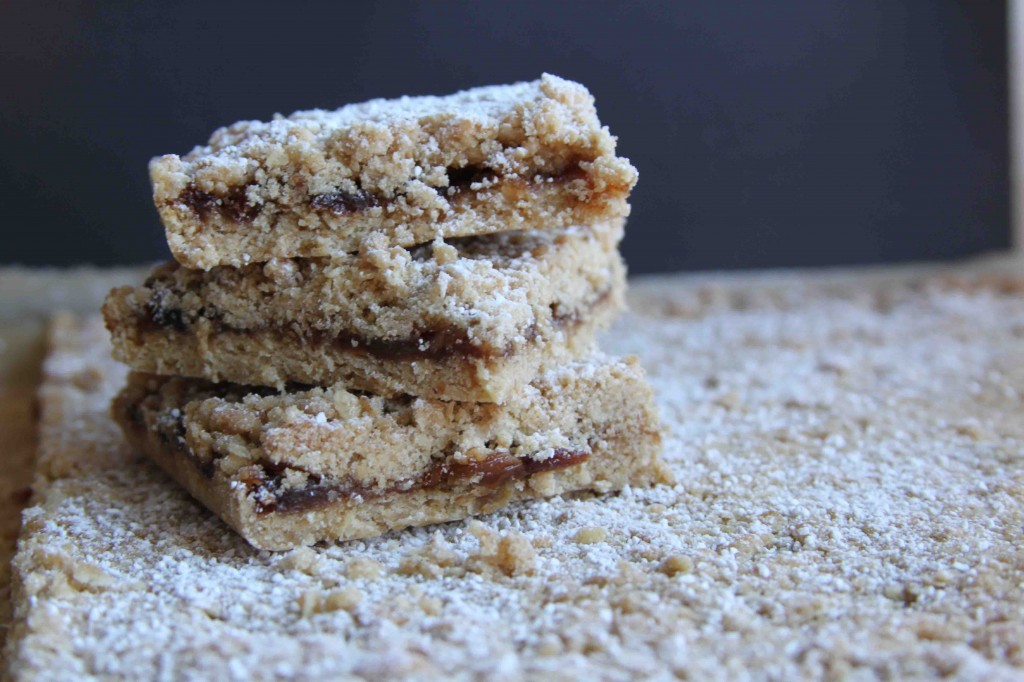
Searching for an easy summery pud? Look no further. This is a recipe that I have returned to time and again over the years and every time wonder why I don’t make it even more often. So simple, fresh and delicious, a proper treat without weighing you down afterwards. When it isn’t berry season I regularly turn to a jar of lemon curd and swirl that with the mascarpone/yogurt mix – the zip of lemon is bright and tangy and this also makes this even more a spur of the moment pudding.
If it is simply too hot to put on the oven you can just leave the biscuit base to set in the fridge or freezer for a while, it tastes just as good but isn’t quite as crisp or held together. I have done both and have been happy regardless. The creamy combination, whilst given silky richness by the mascarpone is still fresh and light from the addition of yogurt.
You can use any fruit you have to hand, here I used roughly a handful of raspberries and blueberries plus half a regular punnet of strawberries, some halved and some quartered. On the off chance there is any left I suspect this would make rather a special breakfast.
Berry Cheesecake
Calling this a cheesecake may be a stretch, although tit does contain mascarpone, but happily here is no need for gelatine or baking it (bar the base if you want to).
Whilst the version you see here is fabulous for this time of year I would strongly urge you to try the lemon curd version – gently swirl half a jar of good lemon curd into the creamy mixture, don’t be too vigorous, the contrast of yellow and white is rather pleasing – and then spread this over the base. You could finely grate some lemon zest on top if you wish.
250g digestives, broken into crumbs
120g melted butter
Pinch of salt
250g mascarpone
250g Greek yogurt (or Greek style)
50g icing sugar
400g approximately of berries or half a jar of lemon curd (see intro)
Preheat the oven to 180 (cooking is optional, see intro) and line the base of a 23cm springform tin. Mix the digestive crumbs with the melted butter and salt and press into the tin. Bake for 10 minutes then leave to completely cool (you can do this earlier in the day and keep in the fridge). Mix the mascarpone, yogurt and sugar together, it will stiffen slightly which is fine (again you can do this ahead and store in the fridge). Remove the biscuit base from the tin and then spread it with the creamy mixture. Scatter over the berries and serve. This could serve 8 but I would rather it served 6.


















